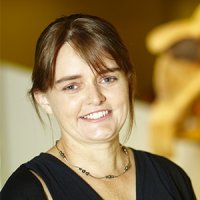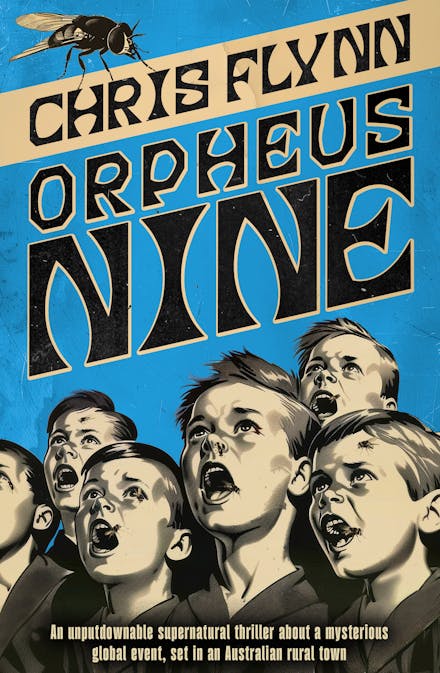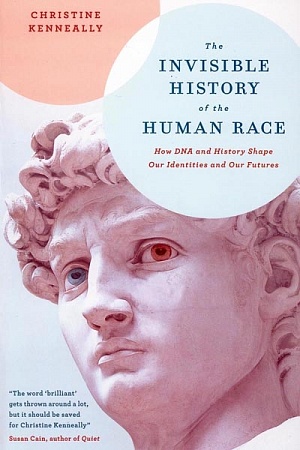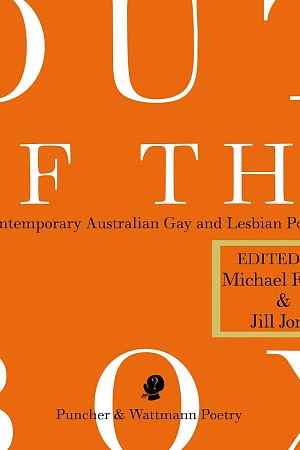The Best Australian Science Writing 2013
NewSouth Books, $29.99 pb, 309 pp, 9781742233857
Worlds within words
All scientists are writers. Science only exists in the written form. What is not written is not published, is not accepted, is not knowledge, and does not exist. It is written science that is scrutinised, peer-reviewed, and cited – nothing else matters but to ‘publish or perish’. Scientific articles, in all their clever, compacted, content-laden complexity, may well be impenetrable to all but the most specialist reader, but this does not mean they are poorly written. Articles are extraordinarily difficult to craft; writing them is the hardest and most intellectually challenging aspect of scientific practice. Evidence – the experimental result or the novel observation – may well lie at the heart of science, but until this evidence is written up and published it remains an unpolished gem which cannot be appreciated or understood. Through the medium of the written word, science has taken us to new worlds. Charles Bazerman argues that ‘scientific writing is one of the more remarkable of human literary accomplishments … [and has] literally helped us move mountains and to know when mountains might move on their own’.
Continue reading for only $10 per month. Subscribe and gain full access to Australian Book Review. Already a subscriber? Sign in. If you need assistance, feel free to contact us.














Leave a comment
If you are an ABR subscriber, you will need to sign in to post a comment.
If you have forgotten your sign in details, or if you receive an error message when trying to submit your comment, please email your comment (and the name of the article to which it relates) to ABR Comments. We will review your comment and, subject to approval, we will post it under your name.
Please note that all comments must be approved by ABR and comply with our Terms & Conditions.